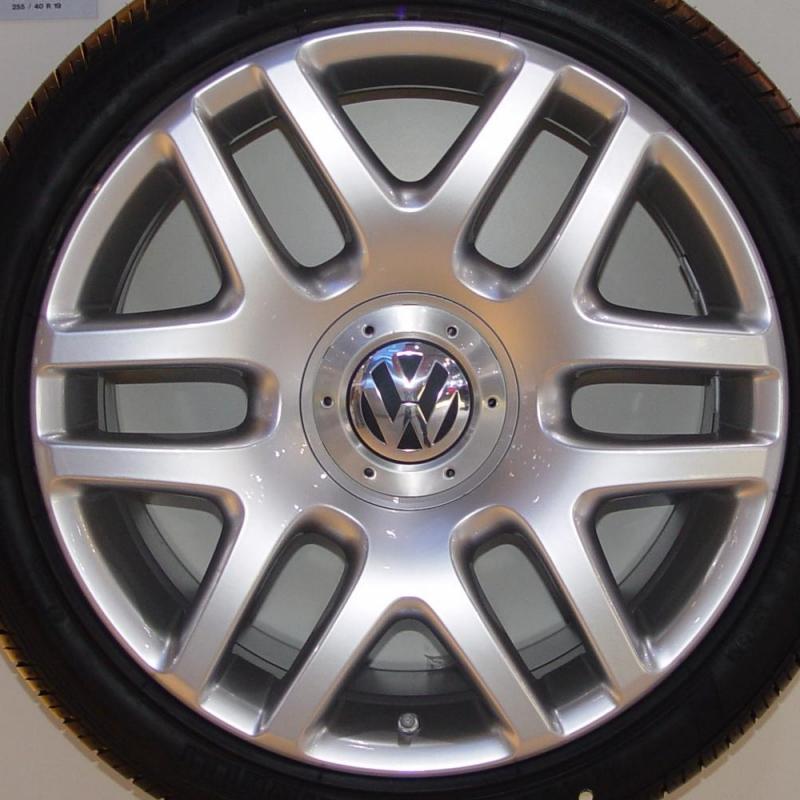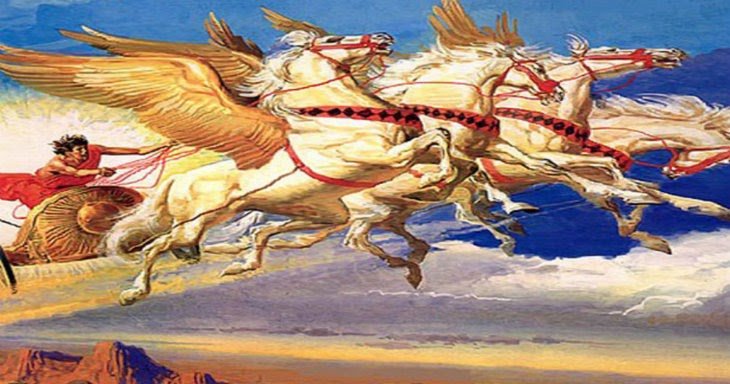

The recognition that man was not intended to fly is further suggested by Daedalus' gesture of leaving the wings in the temple of Apollo.īoth boys plummet to their deaths as a result of their own mistakes. In trying to fly, Icarus and his father are making themselves more powerful than humans are meant to be. His sin of flying too high represents human ambition that has gone too far.

Phaëthon's pride is obvious in his arrogant demand to take on the role of a god. Some scholars also argue that both characters are brought low by hubris, or excessive pride. Their heedless disregard for their parents' wisdom is truly tragic. Phaëthon ignores his father's urging not to drive his sun chariot Icarus forgets his father's directions not to fly to close to the sun. Both boys fail to listen to the good advice of their parents. Phaethon and Icarus share the tragic flaws of heedlessness and hubris. Both are famous for their failures rather than their accomplishments. Phaëthon is the son of the god, Apollo, while Icarus is the son of Daedalus, a clever, mortal inventor. Consider comparing it to the myth of Prometheus or Mary Shelley’s Frankenstein.īoth Phaëthon and Icarus are young sons of important men. Icarus’ tale also connects to many other similarly-themed stories. Have students use a square and text box overlay to explain the similarities between the two myths. Have students use a storyboard grid to compare various aspects of Icarus’ and Phaëthon’s stories. Studying these two myths in conjunction can help students solidify their understanding of Classical mythology. Its plot, characters, and theme closely resemble those of the myth of Phaëthon. It was not the success that Volkswagen hoped for.Icarus’ tragic story is no outlier in Greek mythology.

In 2002, Volkswagen took the interesting decision to name a car after Phaeton, in an attempt to compete in the luxury market dominated by its rivals Mercedes and BMW. It has inspired a number of composers, including Jean-Baptiste Lully, Camille Saint-Saëns, Paul Hindemith and Benjamin Britten. This myth of youthful courage and tragedy is referenced in four of Shakespeare’s dramas: Richard II, Romeo and Juliet, Two Gentlemen of Verona and Henry VI. And though greatly he failed, more greatly he dared.’ The epitaph of the fallen Phaeton reads: ‘Here Phaeton lies who in the sun god’s chariot fared. Revealing the influence of Michelangelo and Tintoretto, Rubens depicts Phaeton falling from the chariot, his hair on fire, mirroring a blazing earth, which terrifies the deities of the seasons portrayed on the left of the painting. In order to preserve her, Zeus struck the chariot with a thunderbolt. Mother Earth, in danger of burning up, appealed in desperation to Zeus for help. The horses, driven wild, scorched the earth, reducing Africa to a desert. Confused, they reared and Phaeton lost control. When Phaeton stepped into the chariot, the horses, used to the great weight of the sun god, thought it empty. But Phaeton was adamant in his demands and Helios finally granted him his wish. According to Ovid’s Metamorphoses, Helios tried to dissuade him, warning his son that not even Jupiter (Zeus), king of the gods, could control the fiercely hot chariot pulled by fire-breathing horses. Phaeton asked to drive the sun god’s chariot. In order to confirm that he really was his father, Helios promised by the river Styx to grant Phaeton any wish. Phaeton (or Phaethon, the ‘shining one’) was the son of a water nymph, Clymene, and, allegedly, the sun god Helios.


 0 kommentar(er)
0 kommentar(er)
